14.214.530 Building Details.
A. Purpose. This section contains standards that affect the human experience of architecture at the ground level and the quality of windows. The purpose of this section is:
1. To encourage the incorporation of design details and small-scale elements into building façades that are attractive at a pedestrian scale.
2. To integrate window design that adds depth, richness, and visual interest to the façade.
3. To create clear and welcoming building entries.
B. Architectural Details – Nonresidential and Mixed-Use Buildings. The ground floor of all commercial and mixed-use buildings not fronting on Bonneville Avenue shall be enhanced with appropriate details. This standard applies to primary building façades, façades containing primary building entrances, and façades facing parks.
All new buildings and additions shall employ at least one (1) detail element from each of the three (3) categories below for the street-facing façade articulation interval per SMC 14.214.520(B).
1. Window and/or Entry Treatments. At least one (1) of the following shall be employed for each articulation interval:
a. Display windows divided into a grid of multiple panes.
b. Transom windows.
c. Roll-up windows/doors.
d. Other distinctive window treatment that meets the purpose of the standards.
e. Recessed entry.
f. Decorative door.
g. Other decorative or specially designed entry treatment that meets the purpose of the standards.
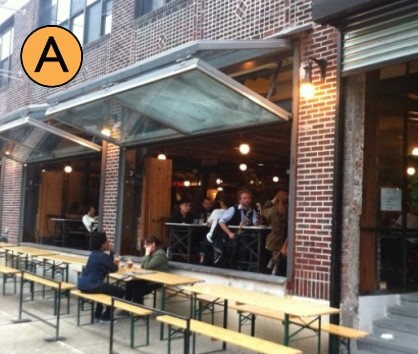
|
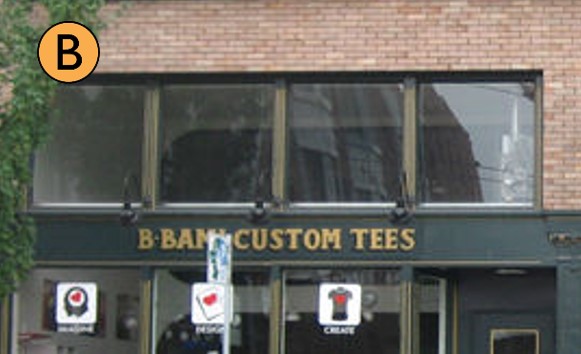
|
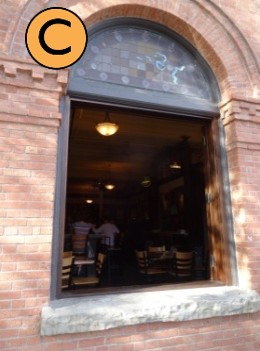
|
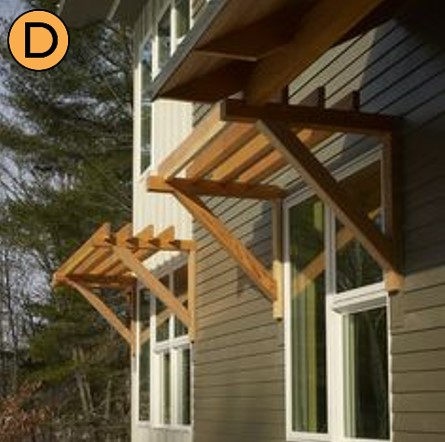
|
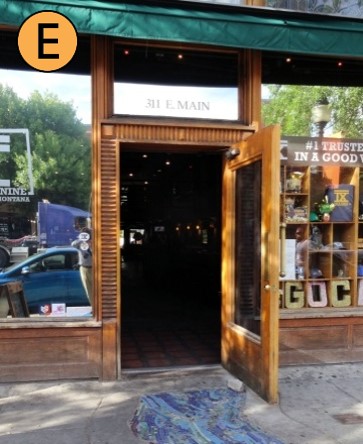
|
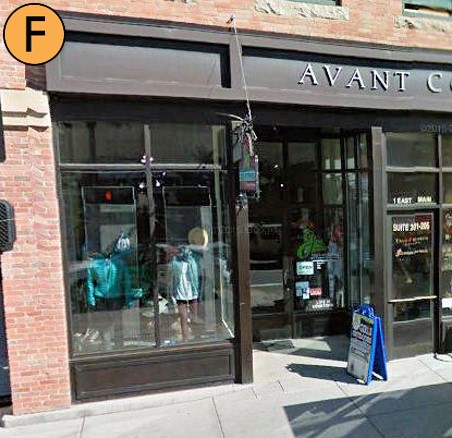
|
|
A: openable storefront window. B: transom windows. C: openable window with decorative details. D: decorative window shades. E: decorative door. F: multiple-paned display windows and recessed entry. |
||
2. Building Element/Façade Detail. At least one (1) of the following shall be employed for each articulation interval:
a. Weather protection element such as a steel canopy, cloth awning, or retractable awning.
b. Decorative building-mounted light fixtures.
c. Bay windows, balconies, trellises, towers, and similar projecting elements.
d. Decorative, custom hanging sign(s) (only available for alterations to existing buildings).
e. Other details or elements that meet the purpose of these standards.
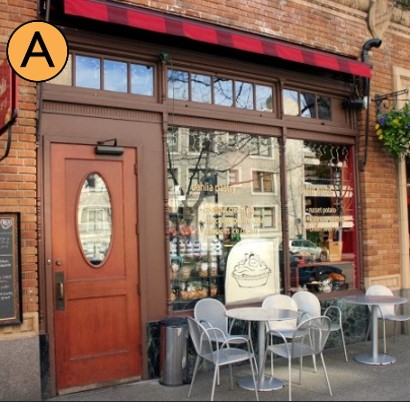
|
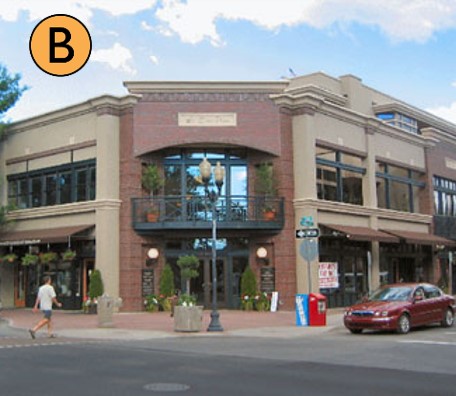
|

|
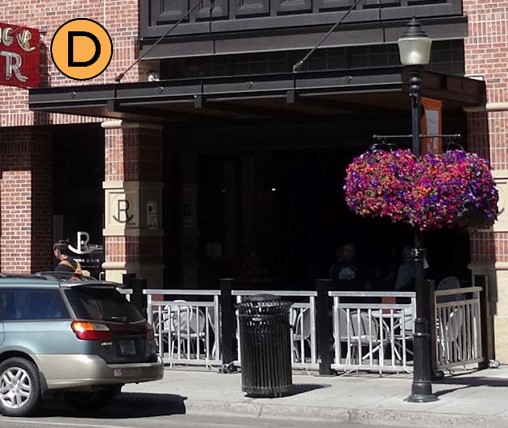
|
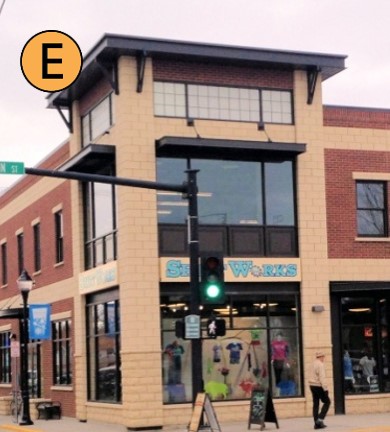
|
|
|
A: retractable awning. B: balcony. C: building-mounted light fixtures. D: projecting canopy. E: tower feature. |
||
3. Decorative Surface Materials. At least one (1) of the following shall be employed for each articulation interval:
a. Decorative building materials/use of building materials, such as decorative use of brick, tile, or stonework.
b. Artwork on building, such as a mural, medallions, or bas-relief sculpture.
c. Decorative kick plate, bulkhead, pilaster, plinth, base panel, frieze, or other similar feature.
d. Handcrafted material, such as wrought iron or carved wood.
e. Other details that meet the purpose of the standards.
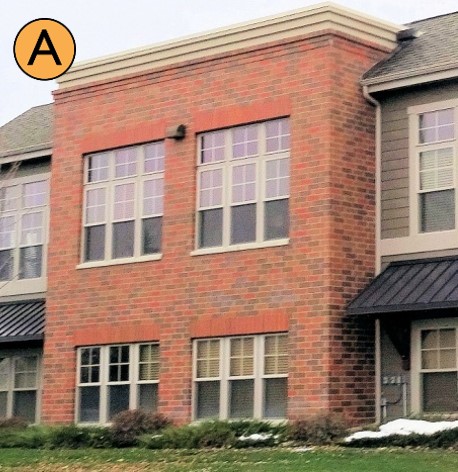
|
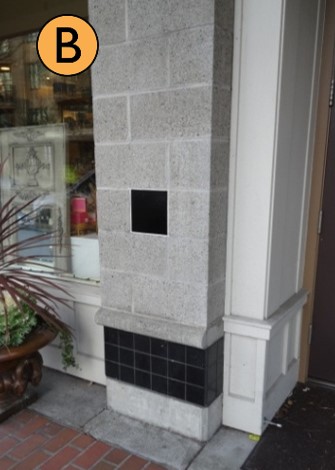
|
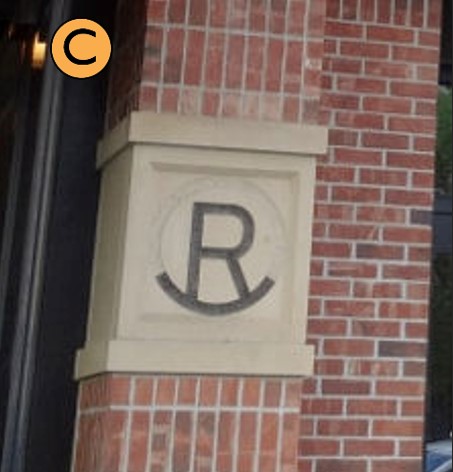
|
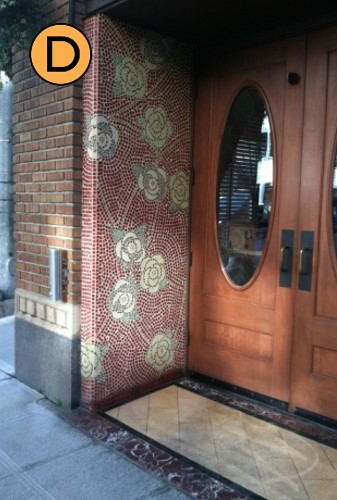
|
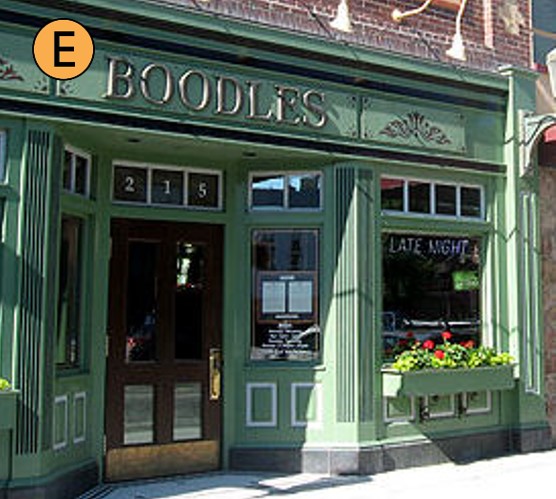
|
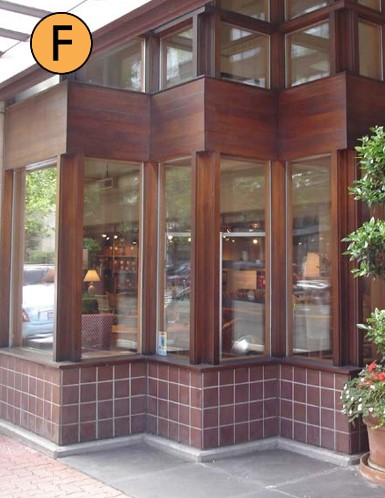
|
|
A: decorative brick/design. B: tile-work and column pattern. C: decorative medallion. D: decorative mosaic tile work. E: tiled/paneled bulkhead. F: decorative materials and design. |
||
E. Window Design Standards. All windows (except storefront display windows) shall employ designs that add depth and richness to the façade. At least one (1) of the following features shall be included to meet this requirement:
1. Recess windows at least one (1) inch from the façade.
2. Minimum three (3) inch wide window trim around windows.
3. Minimum five (5) inch wide wide window headers and/or projecting sills.
4. Contrasting muntins and mullions.
5. Other window design treatments that add depth, richness, and visual interest to the primary façade.
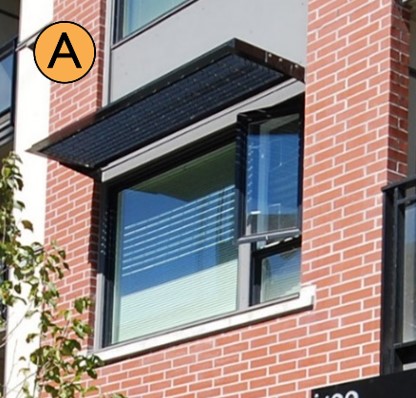
|
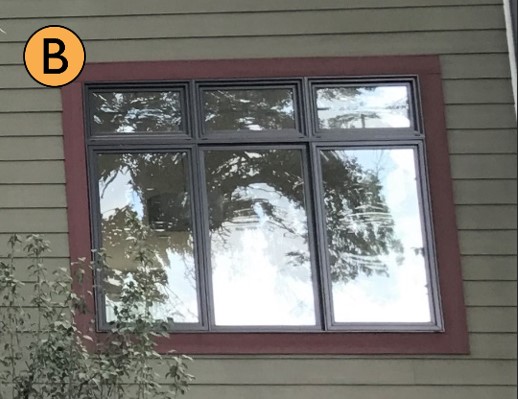
|
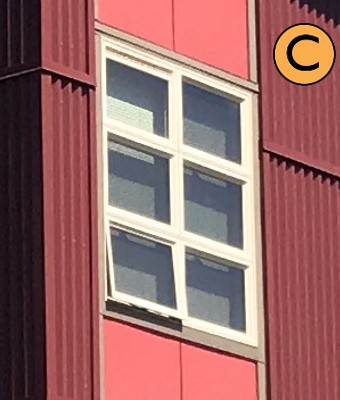
|
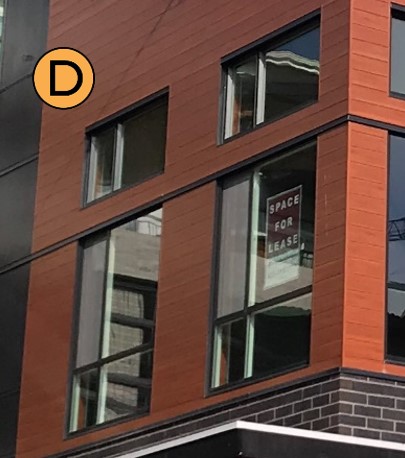
|
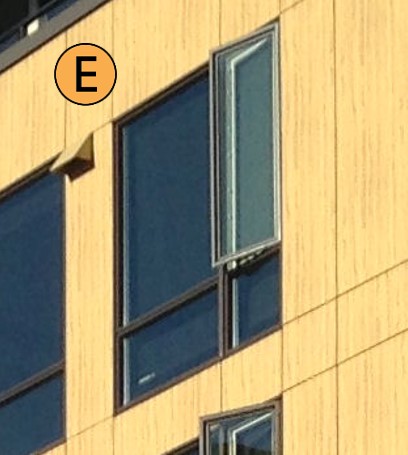
|
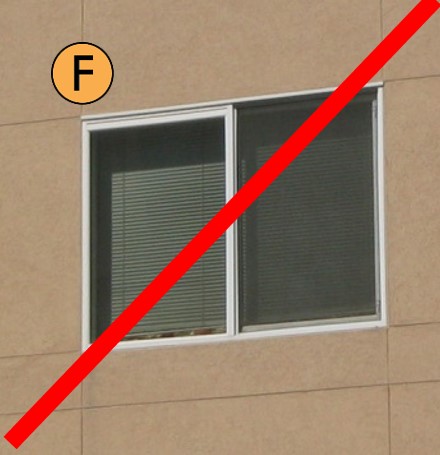
|
|
A: recessed window. B/C: three (3) inch window trim. Images D/E: contrasting frames and mullions. F: treatment does not effectively add a sense of depth and richness to the façade. |
||
F. Cornice/Roofline Design for Flat Roofs. Buildings employing a flat roof shall employ a distinctive roofline that effectively provides an identifiable “top” to the building, including one (1) of the following:
1. A traditional, projecting cornice line. Cornice lines shall depend on the materials and design of the base and middle elements to reinforce the base/middle/top configuration.
2. A contemporary interpretation of a traditional cornice line. Such rooflines shall be proportional to the size and scale of the building.
3. Rooftop solar units are permitted, provided the placement and design of units visible from the surrounding streetscape are carefully integrated into the overall design concept of the building.
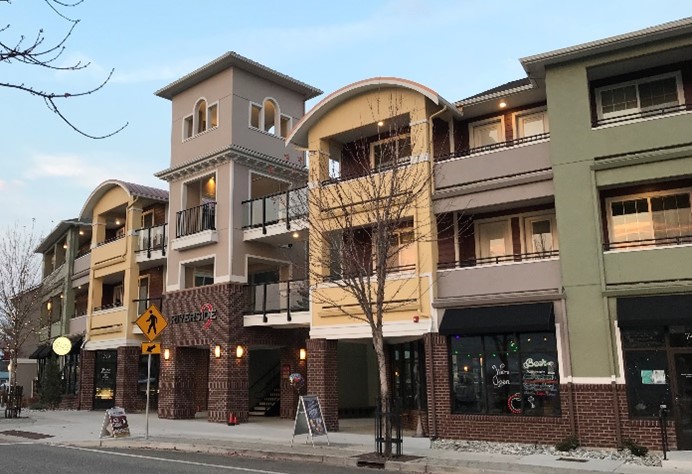
|
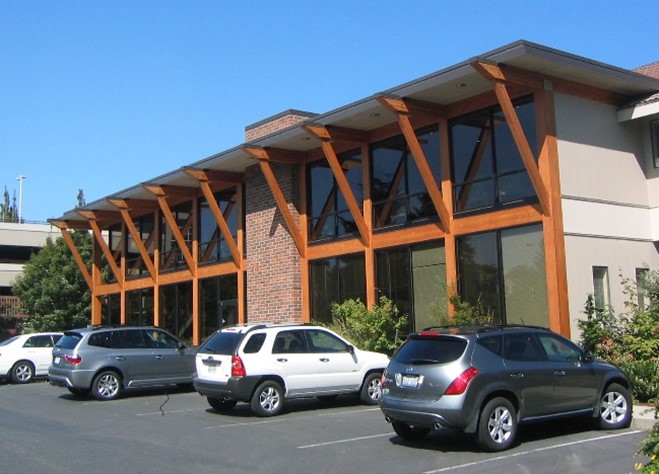
|
G. Articulated Building Entries. The primary building entrance for all buildings shall be designed as a clearly defined and identifiable architectural feature of the building. Such entrances shall be easily distinguishable from regular storefront entrances on the building. Such entries shall be scaled proportional to the building.
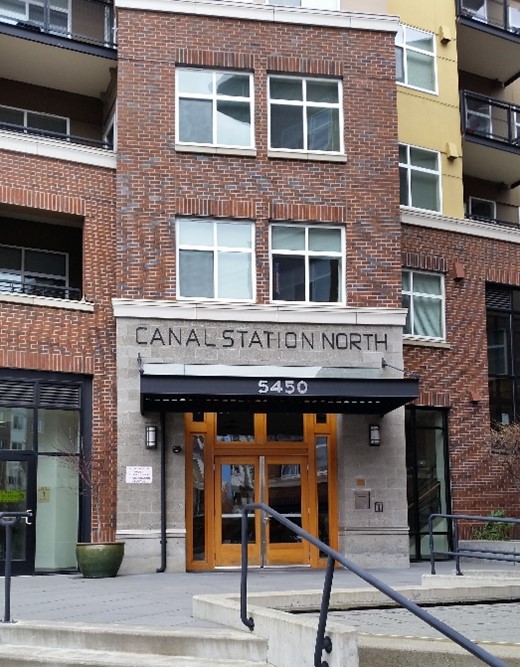
|
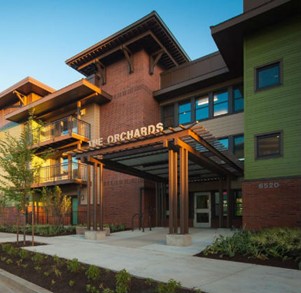
|
(Ord. 2425, 2022)